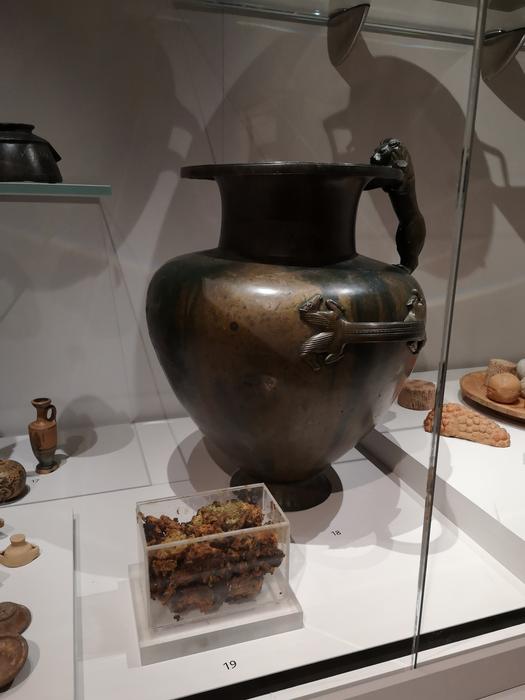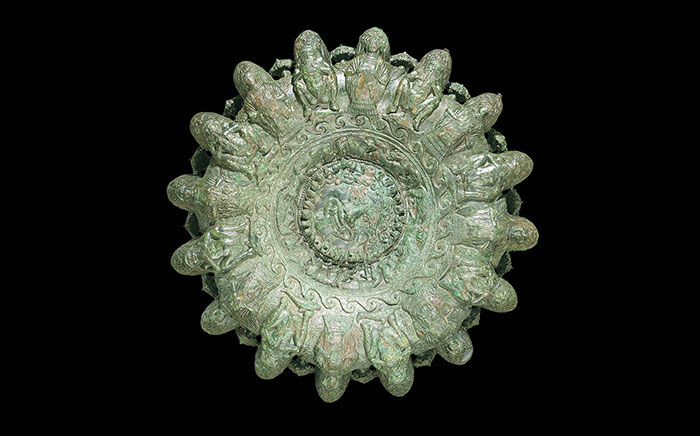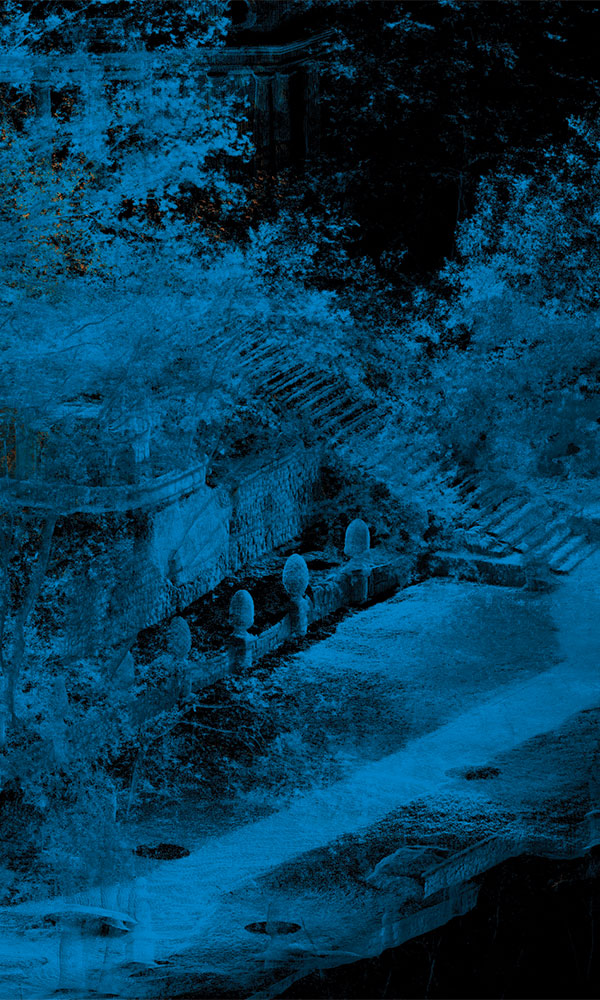
OXFORD, ENGLAND—According to a statement released by the University of Oxford, researchers resolved a decades-old mystery surrounding the substance contained within ancient Greek jars found at southern Italy's site of Paestum. The vessels were originally discovered in the 1950s in a shrine dating to the sixth century b.c. When they were first excavated, archaeologists noticed a sticky, orange-brown residue lining the interior of the jars, which they assumed was honey, a substance that many ancient written sources mention was frequently offered to the gods as a gift. Over the course of 30 years, three different research teams attempted to analyze the residue, but failed to confirm the presence of honey, instead concluding that the jars actually held some form of animal or vegetable fat. However, Oxford chemists recently conducted a new study of the vases using modern analytical techniques, such as mass spectrometry. They finally determined that the substance’s molecular and chemical signature was nearly identical to modern beeswax, and that the bronze jars almost certainly had held ancient honeycombs. “The application of chemical and scientific analyses to extract new and detailed information from existing artifacts allows us to adopt a more informed and nuanced approach to understanding the lives and rituals of past societies, and all from material that already lines the shelves of every archaeological museum collection,” said Gabriel Zuchtriegel, co-author of the study and director of the Archaeological Park of Pompeii. Read the original scholarly article about this research in Journal of the American Chemical Society. To read about a 9,000-year-old rock art panel depicting a person scaling a cliff in pursuit of a beehive, go to "Neolithic Honey Hunters."












